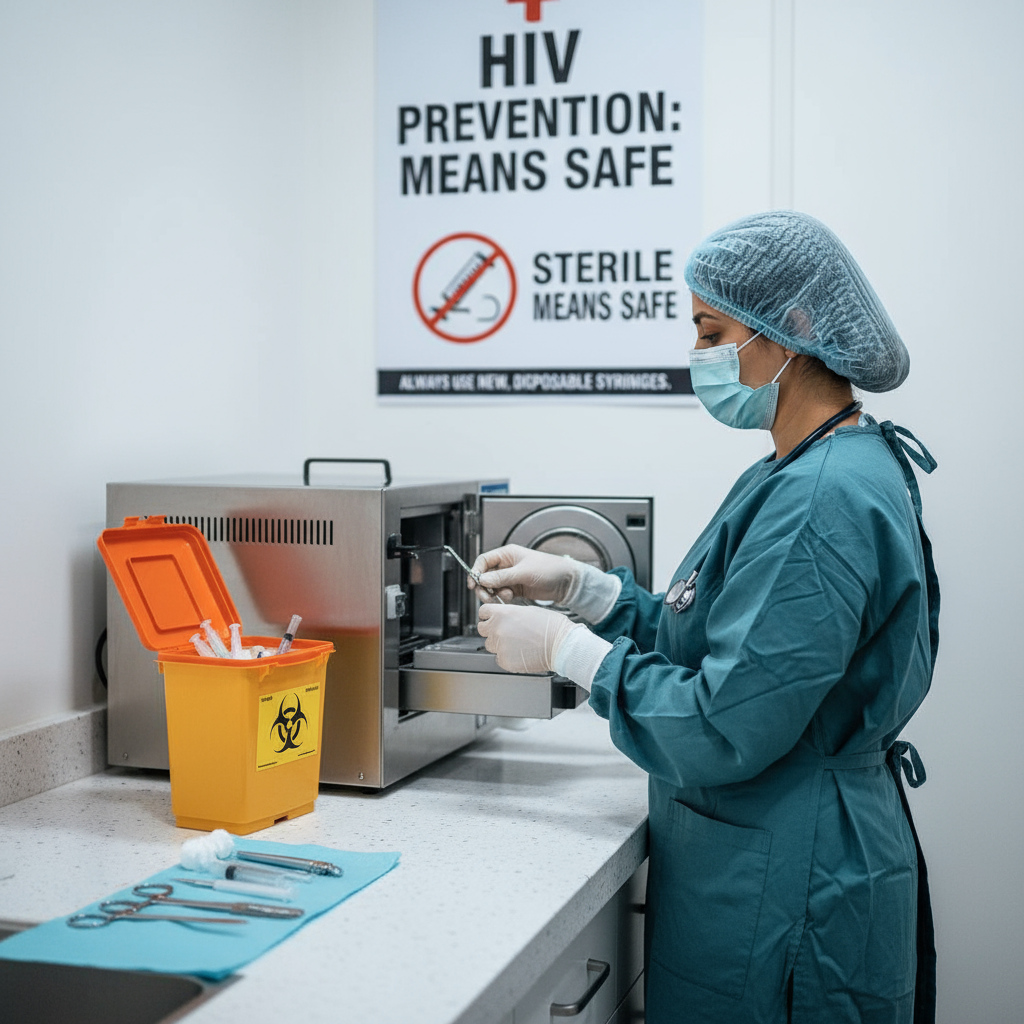The World Health Organization (WHO) has warned about a rapid global rise in chikungunya. Over 445,000 cases and 155 deaths have been confirmed in 40 countries this year. Pakistan, already struggling with dengue and malaria, now faces growing risk from the same mosquito species.
Doctors say chikungunya symptoms often overlap with dengue. Patients report fever, rash, fatigue, and joint pain. However, limited testing means many receive only painkillers or are misdiagnosed. Experts warn this is dangerous, as the virus can cause long-term joint damage. Vulnerable groups such as newborns, older adults, and people with diabetes face higher risk.
Growing Risk for Pakistan
Severe monsoon floods in Sindh, Punjab, and Khyber Pakhtunkhwa left behind stagnant water. These conditions are perfect breeding grounds for Aedes mosquitoes. As a result, undetected outbreaks may emerge in the coming months.
Unlike dengue, chikungunya rarely features in official health advisories. Surveillance systems remain weak, and healthcare spending is low. Experts believe Pakistan must act now by improving diagnostics, training doctors, and raising community awareness.
Why Preparedness Matters
Globally, chikungunya is spreading to new regions. Climate change, poor water management, and travel increase its reach. India, Bangladesh, and Sri Lanka have all reported large numbers this year, showing the regional risk.
There is no specific treatment. Patients are advised to rest, drink fluids, and use paracetamol for pain relief. Vaccines exist in some countries but are not yet widely available. Therefore, WHO urges stronger mosquito control, better hospital readiness, and public awareness campaigns.
Health experts stress that Pakistan must learn from dengue. Unless stagnant water and poor sanitation are addressed, outbreaks will continue to return. Preventing mosquito breeding remains the strongest defense against chikungunya.






